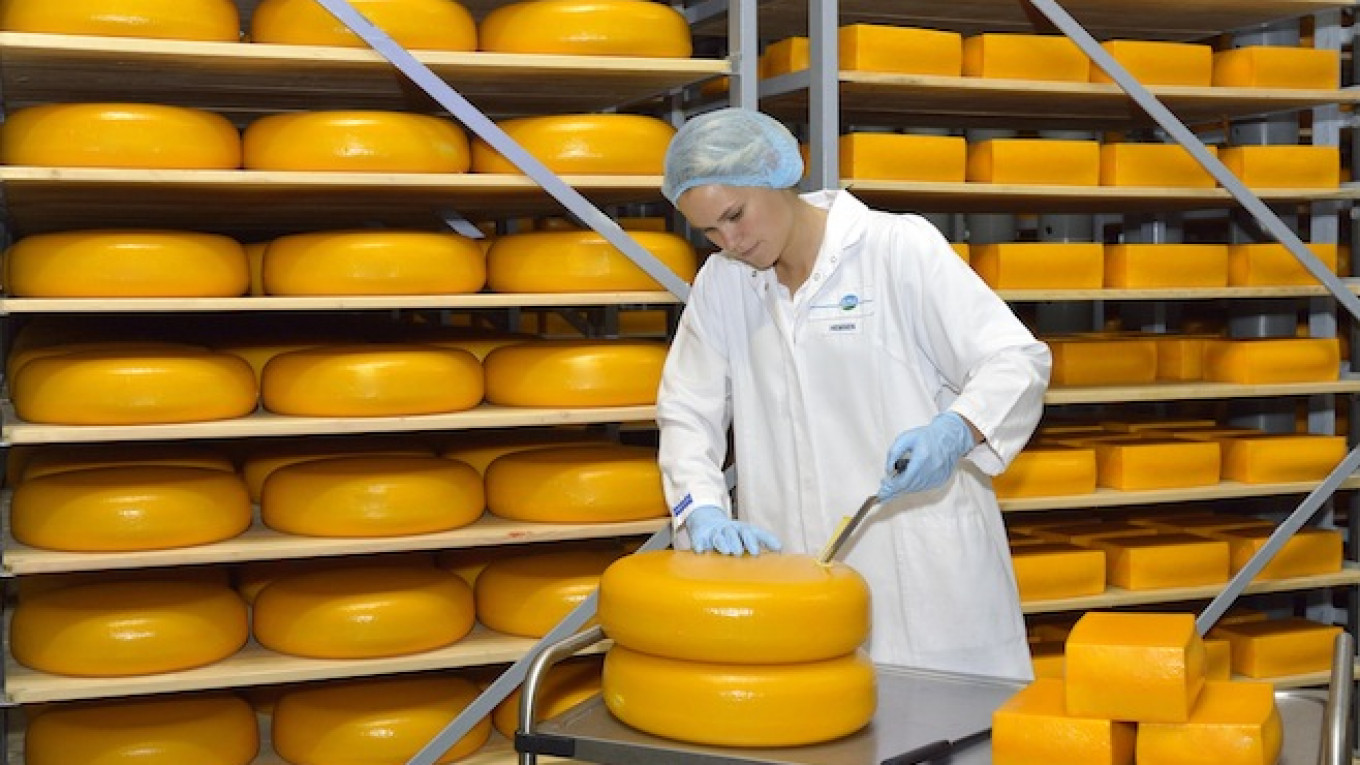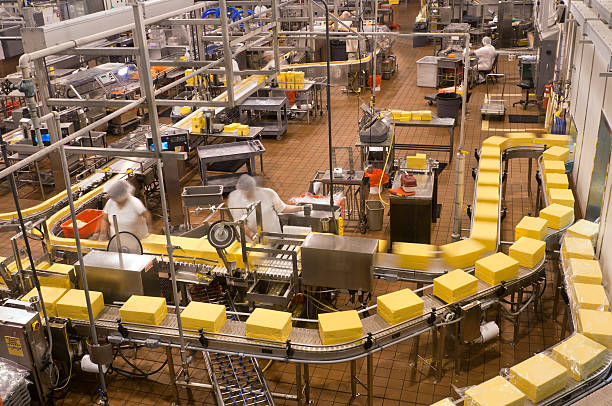Cheese Store Melbourne: Your Go-To Destination for All Points Cheese
Cheese Store Melbourne: Your Go-To Destination for All Points Cheese
Blog Article
Comprehending the Science Behind Cheese Manufacturing: From Milk Option to Final Item
The intricate process of cheese manufacturing begins with the cautious choice of milk, a selection that profoundly affects the final product's flavor and structure. Recognizing the pivotal role of bacteria in fermentation reveals how these microorganisms change lactose into lactic acid, a vital ingredient in establishing the cheese's character. cheese shop melbourne.
Milk Option Process
The choice of milk is an important action in celebrity manufacturing process, as it straight affects the taste, structure, and high quality of the end product. Numerous aspects have to be taken into consideration throughout this choice, including the source of the milk, the type of the pets, and their diet plan. Cow's milk, goat's milk, and sheep's milk each possess distinctive buildings that add to the special attributes of different cheese varieties.

Furthermore, the dietary web content of the milk, influenced by the animal's diet plan, can modify the cheese's final qualities. Top quality milk, sourced from healthy pets, makes sure a premium cheese item, emphasizing the importance of strict high quality control procedures in the milk option procedure. Hence, mindful factor to consider in milk option is crucial for successful cheese production.

Duty of Germs in Fermentation
Following the mindful choice of milk, the fermentation process plays a crucial function in cheese production, where germs are introduced to change the milk into cheese. The main feature of these germs is to convert lactose, the sugar existing in milk, into lactic acid. This acidification not only modifies the pH of the milk however also plays a critical role in taste advancement, texture, and conservation of the end product.
Lactic acid microorganisms (LAB), such as Lactococcus and Streptococcus varieties, are typically made use of in cheese production as a result of their capability to flourish in milk and their contribution to the fermentation process. The metabolic activities of these microorganisms cause the production of various metabolites, consisting of taste compounds and antimicrobial substances, which hinder spoilage organisms and pathogenic microorganisms, thereby improving cheese safety and security.
Additionally, the fermentation procedure affects the overall attributes of celebrity, including its aroma, taste, and structure. Various strains of germs can present distinct flavors and contribute to the unique profiles of numerous cheese types. Hence, the selection of microbial societies is a crucial action in accomplishing the preferred cheese top quality and uniformity.
Coagulation and Curd Development
In celebrity production process, coagulation notes an important shift from liquid milk to solid curds. This change is mainly caused by the addition of rennet, an enzyme that acts on casein, the primary healthy protein in milk. When rennet is presented, it facilitates the aggregation of casein particles, leading to the formation of a gel-like structure. This process look at this website is usually matched by the acidic setting created by lactic acid microorganisms, which further help in coagulation by reducing the pH of the milk.
The resulting curds are created as the liquid whey starts to separate. Variables such as temperature level, the quantity of rennet used, and the time enabled for coagulation are important in figuring out the texture and high quality of the curds. As an example, greater temperatures and longer coagulation times usually yield stronger curds, appropriate for more difficult cheeses. cheese makers melbourne.
Once curds are created, they are cut into smaller sized items, allowing whey to run away much more successfully. This action is essential, as it influences the dampness material and general characteristics of the final cheese product. Appropriate management of coagulation and curd formation is crucial for accomplishing details cheese designs and desired taste accounts.
Aging and Taste Advancement
After the curd has actually been created and whey has been drained pipes, the following phase in cheese manufacturing is maturing, also referred to as growth. This important procedure dramatically influences the cheese's last flavor, appearance, and aroma. Throughout aging, various biochemical and microbiological improvements take place, impacting the general sensory account.
The aging atmosphere, consisting of temperature and humidity, plays a crucial duty in taste development. Enzymes and bacteria existing in the cheese assist in the break down of proteins and fats right into smaller sized particles, resulting in the formation of amino acids, fats, and unpredictable compounds. These improvements add to the complexity of flavor and scent, with distinct profiles emerging based on the particular cheese variety.
Additionally, the duration of aging is pivotal; shorter aging periods usually produce milder flavors, while longer maturation results in more durable and nuanced accounts. Variables such as the milk resource, cheese kind, and certain aging strategies even more enhance the variety of tastes created. Eventually, aging is a delicate equilibrium of time, environmental problems, and microbial activity, culminating in the one-of-a-kind features that specify each cheese range.
Quality Assurance in Cheese Production
Ensuring high criteria throughout celebrity manufacturing procedure is vital for providing a quality item that satisfies consumer assumptions - cheese makers melbourne. Quality control (QC) includes various phases, beginning with raw milk option to the final aging process. Each phase requires thorough interest to detail to stop contamination and ensure uniformity
Throughout milk choice, manufacturers should analyze elements such as fat web content, pH levels, and microbial top quality. Normal screening for somatic cell counts and microbial loads is crucial to make sure the milk's suitability for cheese production. In the production phase, QC actions include monitoring the temperature level, acidity, and rennet task, which substantially influence appearance and flavor.
As cheese grows, continuous sensory analyses and lab analyses are conducted to examine flavor growth, appearance, and general quality. Any inconsistencies from established requirements necessitate rehabilitative activities to go right here maintain product stability.
Additionally, documents and traceability are important components of efficient quality assurance, making it possible for manufacturers to track the cheese from ranch to consumer. By executing durable QC methods, cheese manufacturers can not only improve item top quality but also build consumer depend on, guaranteeing their area in an open market.

Final Thought
In final thought, the scientific research of visit site cheese production includes a number of vital phases, each dramatically influencing the last item. The mindful option of milk, the crucial duty of germs in fermentation, the improvement of fluid milk right into curds through coagulation, and the aging procedure collectively add to the advancement of unique tastes and textures. Furthermore, rigid quality control gauges guarantee that each cheese variety satisfies recognized standards, consequently improving customer contentment and preserving the integrity of the cheese-making custom.
Report this page